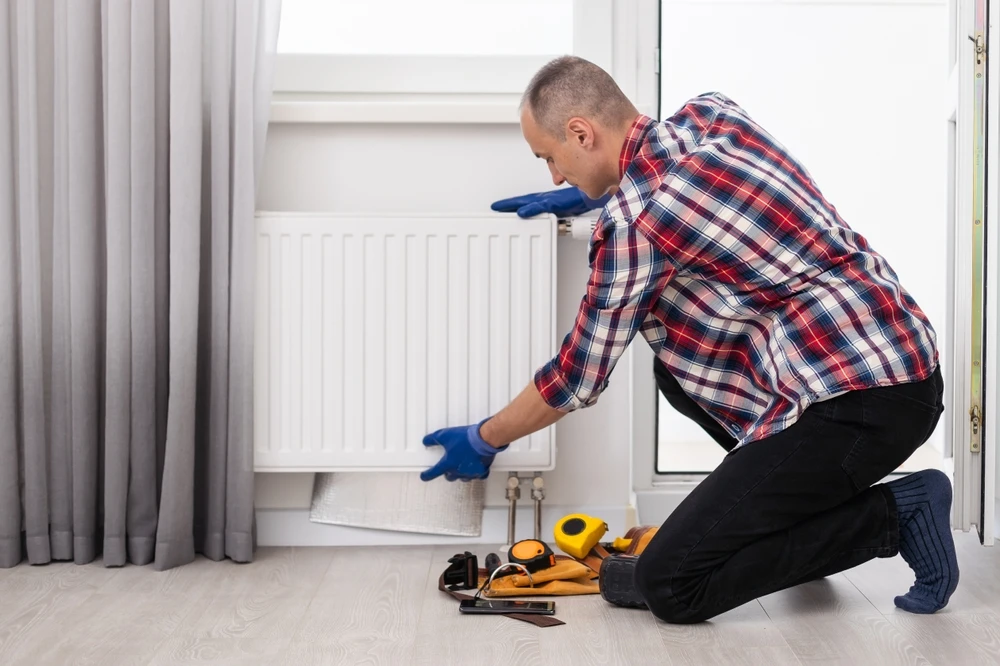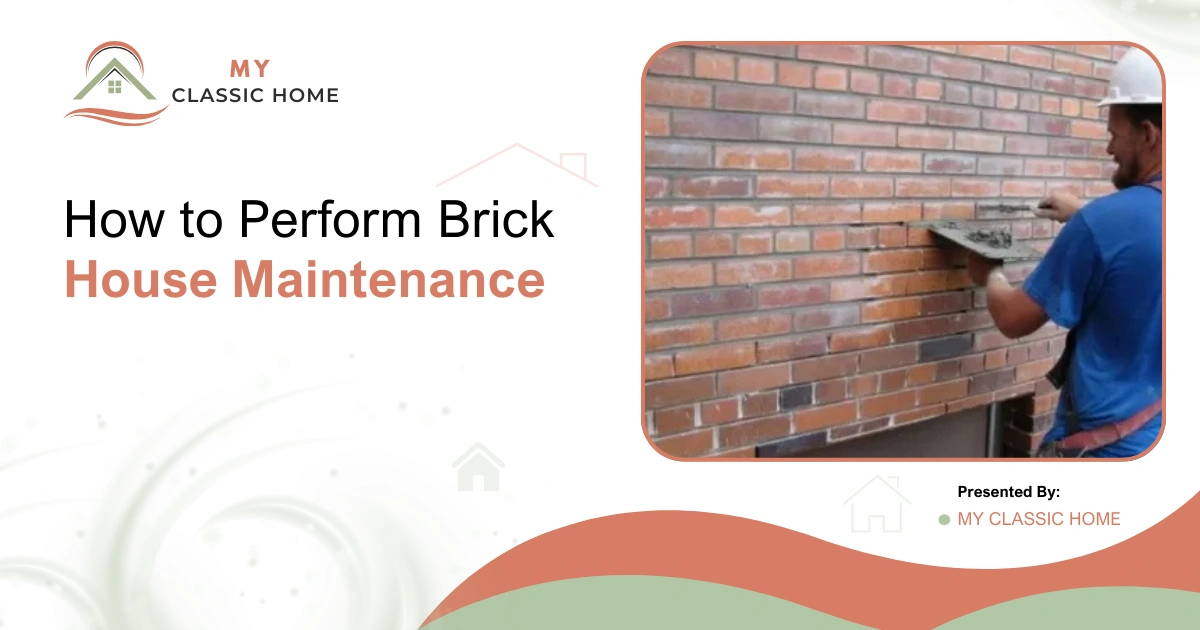Brick houses represent elegance and timeless beauty with a touch of aesthetic appeal. They were quite popular in the 17th century, but it was then replaced by concrete. Nowadays, brick houses are considered classic and give a nostalgic feel. Their popularity might have been converted into rarety, but their elegance hasn’t diminished. If you live in a historic brick home or built one recently, you must know about its maintenance practices to increase its longevity. This blog is a guide to brick house maintenance to help you keep it new and fresh.
Benefits of Having a Brick House
Brick homes have multiple advantages for homeowners. Here is why people choose brick:
- Brick is a durable material that is resistant to pests and fire.
- The maintenance cost of a brick house is generally lower than that of other material houses.
- Brick provides great insulation and reduces energy costs.
- They give a classic look, which enhances the aesthetics of the house.
- Brick walls help reduce outside noise and provide a peaceful environment.
Brick Home Maintenance Guide

Regular maintenance is essential for keeping your brick house in top condition. Here is a guide to help you perform maintenance like an expert.
1. Inspect Your Brick Exterior
The first step in brick house maintenance is to thoroughly inspect your house’s outside. This helps identify any issue in bricks that need to be repaired. Look for any sort of cracks. Small hairline cracks are common and occur naturally, but if you notice large cracks, that could indicate structural damage. For this, call a professional to examine these cracks. Also, look for stains caused by dirt, molds, and mildew.
2. Clean the Bricks
After examination, start cleaning the bricks by pressure washing. It washes away the dirt that accumulates on the brick surfaces. Do not apply too much water pressure to prevent stripping from the surfaces. Use a specialized brick cleaner or simply mix detergent in water for stubborn stains. Avoid the use of toxic chemicals to prevent brick damage. Clean your brick exterior twice a year, but frequent cleaning might be needed if you are located in a polluted area.
3. Seal and Waterproof
Bricks are porous, so that they can absorb water over time. Sealing and waterproofing are required to shield your brick house from water damage and to extend its lifespan. For sealing, breathable and non-breathable sealers can be used. Breathable sealers cause moisture to escape the brick and provide a protective barrier. Non-breathable sealers prevent moisture from entering or leaving, meaning water can be trapped in bricks. To apply the sealer, clean the bricks and use a roller or spray bottle to coat them.
4. Repair Bricks and Mortar
Over time, the mortar between bricks can deteriorate, and some bricks may crack. A repointing process is used to repair mortar, in which damaged mortar is replaced by new mortar. Mortar is the sand and cement mixture placed between bricks, which crumbles with time. To repoint, use a chisel and hammer to remove the old mortar, then apply new mortar using a trowel. If a brick is cracked, it should be replaced by removing the old brick with a hammer and putting the new one using fresh mortar.
5. Water Damage Prevention
Sealing the bricks is not enough. You should also keep the water away from bricks to increase its longevity. Clean your gutters regularly, as the clogged gutter will cause the water to flow toward the walls. Also, make sure your house has a proper drainage system so the water is drained regularly and doesn’t accumulate toward the brick structure. If your brick house has a basement, ensure it is waterproofed to prevent moisture from seeping into the walls.
6. Protection from Pests
Pests can find their way into brick homes through gaps between bricks. To prevent this, seal the wall so there is no entry for rodents and termites to get inside the house. Bricks are resistant to pests, so blocking the entry points is enough to protect your home from pests.
Conclusion
Brick homes are a long-lasting and cheap investment, but they require attention to remain in excellent condition. The steps outlined in this guide will help you create a checklist for a maintenance schedule for your brick home. Regular inspections, cleaning, sealing, and repairs will protect your brick home from damage and preserve its classic charm. So, roll up your sleeves and start caring for your brick house today.




